Jeff Bost
Member
Guys,
I’ve been experiencing high CHTs on 3 and 4 during cruise climb. Having to indicate 140 mph to have a chance at 400 F. I removed the top cowl this morning and snapped some pics of the baffling. Some old RTF around but I see the need for more. Big holes where the ignition harness comes through the rear. Any advice would be appreciated. I have a cockpit control for the oil cooler but it’s wired full open in the summer position. Some have suggest partially blocking the oil cooler if oil temp in acceptable. Thanks.
Jeff
I’ve been experiencing high CHTs on 3 and 4 during cruise climb. Having to indicate 140 mph to have a chance at 400 F. I removed the top cowl this morning and snapped some pics of the baffling. Some old RTF around but I see the need for more. Big holes where the ignition harness comes through the rear. Any advice would be appreciated. I have a cockpit control for the oil cooler but it’s wired full open in the summer position. Some have suggest partially blocking the oil cooler if oil temp in acceptable. Thanks.
Jeff
Attachments
-
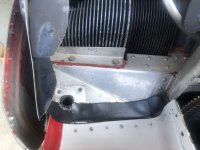 IMG_4655.jpeg2.2 MB · Views: 203
IMG_4655.jpeg2.2 MB · Views: 203 -
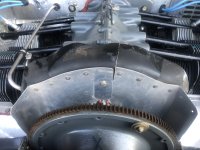 IMG_4656.jpeg1.9 MB · Views: 192
IMG_4656.jpeg1.9 MB · Views: 192 -
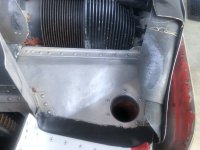 IMG_4657.jpeg2 MB · Views: 184
IMG_4657.jpeg2 MB · Views: 184 -
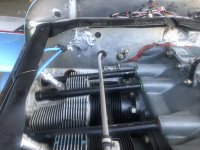 IMG_4658.jpeg2.1 MB · Views: 172
IMG_4658.jpeg2.1 MB · Views: 172 -
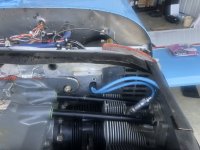 IMG_4659.jpeg1.7 MB · Views: 172
IMG_4659.jpeg1.7 MB · Views: 172 -
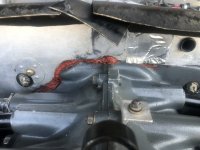 IMG_4660.jpeg2.2 MB · Views: 163
IMG_4660.jpeg2.2 MB · Views: 163 -
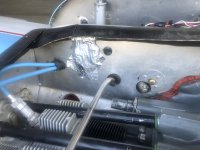 IMG_4661.jpeg2 MB · Views: 165
IMG_4661.jpeg2 MB · Views: 165 -
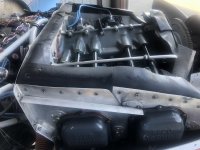 IMG_4662.jpeg1.6 MB · Views: 158
IMG_4662.jpeg1.6 MB · Views: 158 -
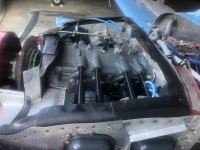 IMG_4663.jpeg1.8 MB · Views: 160
IMG_4663.jpeg1.8 MB · Views: 160 -
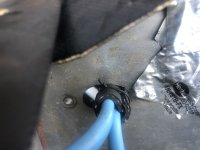 IMG_4664.jpeg1.6 MB · Views: 198
IMG_4664.jpeg1.6 MB · Views: 198

